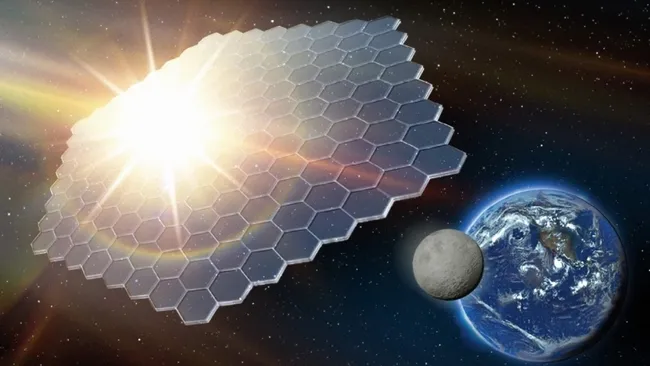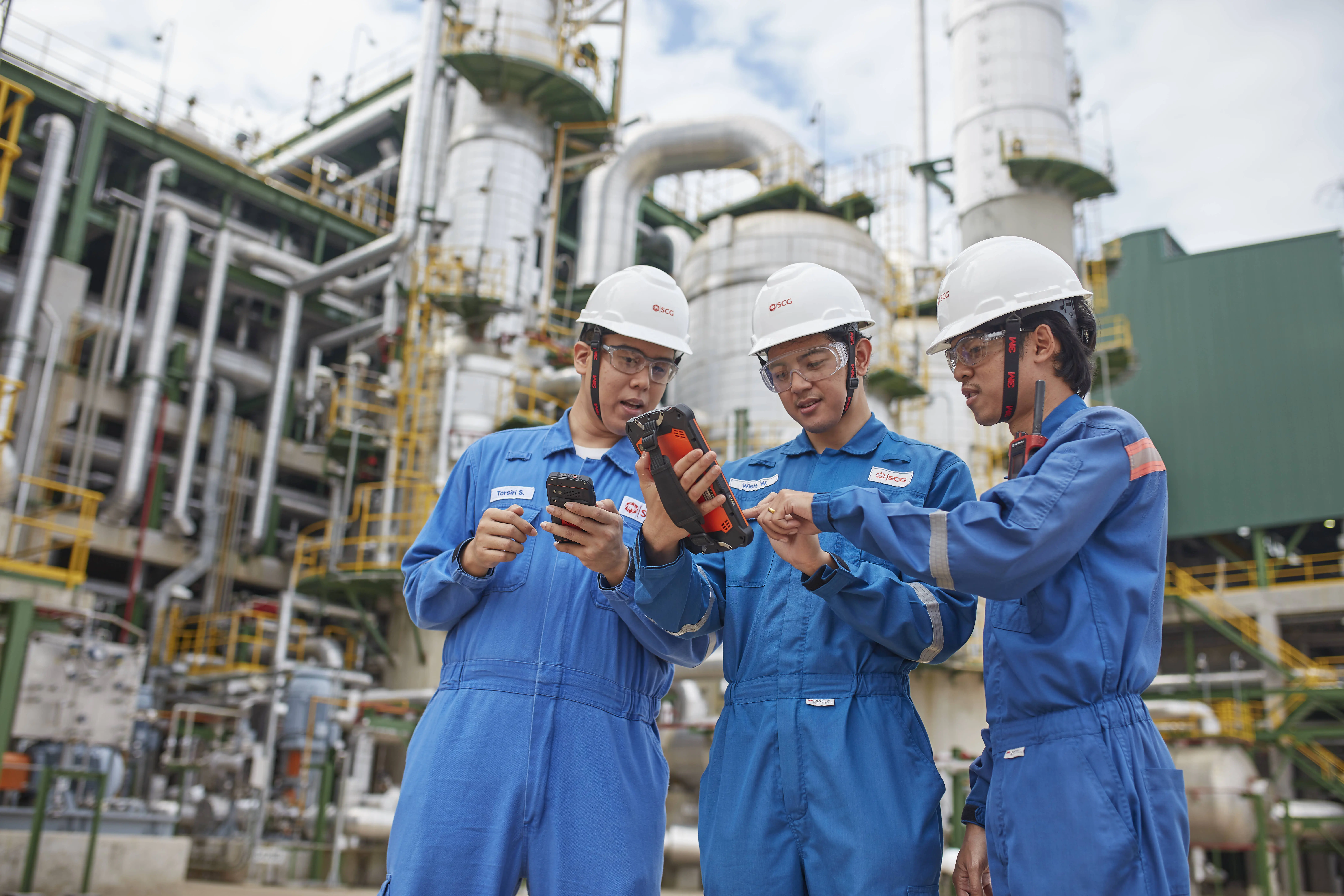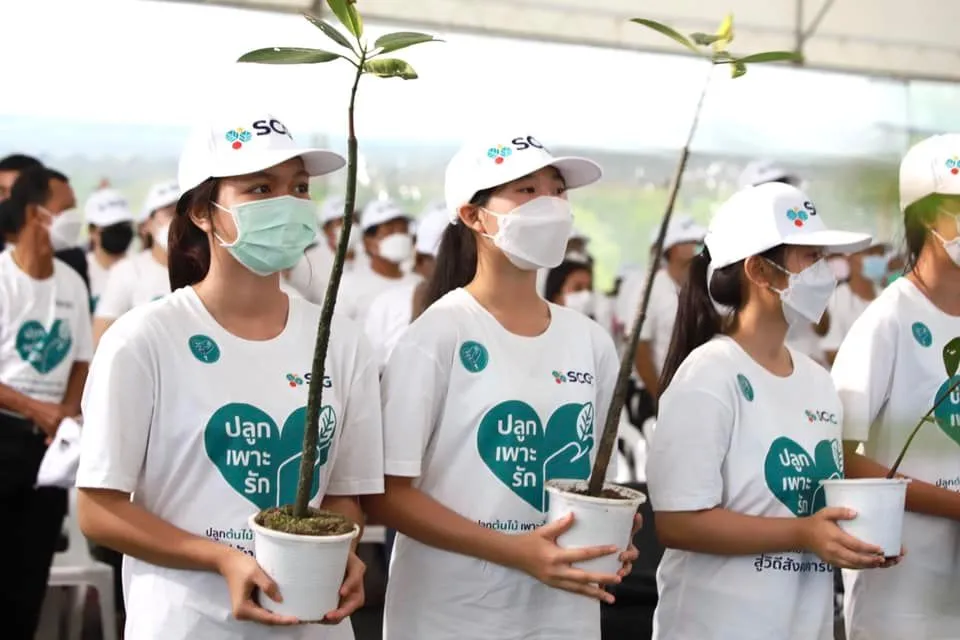The World Meteorological Organization (WMO) stated in its special report, State of the Global Climate in 2023, that "the average temperature in the first ten months of 2023 was 1.4 degrees Celsius higher than in the pre-industrial era. This is just 0.1 degree away from the target set in the Paris Agreement, which aims to limit the global average temperature increase to no more than 1.5 degrees Celsius. The report also highlighted that the period from 2015 until the end of last year has been the warmest on record!
BBC Weather analysis found that nearly every day since July 2023, the global air temperature has set new records compared to the same period in previous years. Similarly, global sea surface temperatures have also broken previous records.
These unsettling new statistics have prompted the world to reconsider its efforts to prevent surpassing the critical international climate threshold of 1.5 degrees Celsius. Among the intriguing efforts that seem to have been lifted from the pages of a science fiction novel is the "Giant Parasol." Today, SCGC, as a leader in chemical innovations for sustainability in the region, invites everyone to become acquainted with this invention and explore the current situation of the climate change crisis in this article.
"Global Umbrella" Cools the Earth by 2 Degrees
While the concept of creating a device that acts as an "umbrella" for our world, simultaneously absorbing and reflecting sunlight, might have once seemed like a fringe topic in scientific and space physics conversations, it has recently gained widespread attention. There is now serious consideration of the feasibility of creating objects with the described capabilities.
Evidence supporting the popularity and feasibility of shading the Earth is emerging from various sources. Of particular interest is the research by the team at the University of Utah, which proposes using space dust from the explosion of supernovas or burning red giants. This dust, primarily composed of carbon along with silicon, oxygen, nitrogen, nickel, and other heavy elements, could potentially diffuse solar radiation. Similarly, the Massachusetts Institute of Technology (MIT) is exploring the use of space bubbles to counteract sunlight. These bubbles, made from silicon and graphene, would be interconnected in a spherical array, intended to deflect some of the sunlight away, thereby reducing the amount reaching the Earth's surface. The research team aims to position these space bubbles at the L1 Lagrange Point, a location unaffected by the gravitational forces of both the Earth and the Sun. It is believed that the bubbles could reduce sunlight intensity by at least 1.8%, which would be sufficient to cool the Earth down.
In addition, Istvan Szapudi, a leading astronomer from the Institute for Astronomy at the University of Hawaii at Manoa, has published a study on the feasibility of using a "Solar Shield" attached to asteroids, most of which are found in the asteroid belt with elliptical orbits between Mars and Jupiter, to help reduce the impact of sunlight on Earth.
Recently, a group of researchers led by Yoram Rozen, a professor of physics and the director of the Asher Space Research Institute at the Technion in Israel, announced that they are ready to create a prototype to prove the efficiency and effectiveness of the "Earth's Parasol" concept. The proposed solar shield would be as wide as Argentina, covering an area of approximately 2.78 million square kilometers, and weigh at least two million tons. This project would include a set of small armor pieces that do not block all sunlight but can create shadows on the Earth's surface. The team is prepared to design this prototype shield for ten million United States dollars (approximately 359,295,000 baht).

However, some disagree with the concept of shading the Earth. The primary reason is that they see it as a massively expensive investment and a delayed response that fails to keep pace with the escalating severity of the climate change crisis. They further argue that this approach does not help in ceasing the use of fossil fuels, such as coal, oil, and natural gas, which are major contributors to the climate change crisis. Furthermore, the amount of carbon dioxide trapped by the atmosphere's heat would remain.
Climate Change, Global Warming, Global Boiling: A Compilation of Global Situations
Since 2015, the United Nations (UN) has campaigned vigorously to prevent the average global surface temperature in 2100 from exceeding 1.5 degrees Celsius compared to the pre-industrial era. However, the special report State of the Global Climate in 2023 states that “the average temperature in the first ten months of 2023 was 1.4 degrees Celsius higher than in the pre-industrial era.” Furthermore, this February, which just ended, many areas worldwide experienced extreme heat, and the effects of the El Niño phenomenon have already manifested in the Pacific Ocean.
Should this data be confirmed, it would represent the ninth consecutive month of record-breaking temperatures, according to the National Oceanic and Atmospheric Administration (NOAA)1, which is set to release the final figures for February around March 14th.
The devastating effects of record-breaking global temperatures have led to worsening weather-related disasters in various parts of the world in 2023. These include extreme heatwaves and wildfires in Canada and the United States, prolonged droughts, and flooding in several areas of East Africa. Furthermore, in the first two months of 2024, spring-like weather conditions have caused flowers to bloom early from Japan to Mexico. Additionally, Texas experienced the second most severe wildfire in its history, which has already burned more than 2.15 million rai of land, and a major fire in central Chile has resulted in a current death toll of 112.
Nevertheless, the agreements reached at COP28 still hold the potential to create a significant ripple effect in limiting the impacts of global warming. However, keeping global temperatures within a 1.5 degrees Celsius threshold is becoming increasingly challenging for all of us.
SCGC Pushes Forward Efforts to Combat Climate Crisis
SCG Chemicals Public Company Limited, or SCGC, a leader in integrated chemical innovations in Thailand and ASEAN, with strategic production bases in Vietnam, Indonesia, and Thailand, is one of the leading companies operating under ESG principles. We are committed to and actively promote the development of chemical innovations that elevate efforts to resolve the climate change crisis and continuously address the trends of new innovations, including the technology trends of 2024 and sustainability trends of 2024.

Recently, SCGC signed a joint venture agreement with Braskem, a world leader in bioplastics from Brazil, to establish a new joint venture company. Our goal is to produce 200,000 tons per year of Green-Ethylene from agricultural products-derived ethanol, replacing fossil-derived ethylene with world-class technology. This bio-ethylene will be used to produce bioplastic, or Green-PE (Green-Polyethylene), with a negative carbon footprint, recyclable in the same manner as conventional polyethylene. This aligns with SCGC's ESG direction and Thailand's Bio-Circular-Green (BCG) Economy policy.
We are committed to excellence in business operations by integrating sustainable development concepts and digital technology. From 2018 to 2022, we have implemented SCGC Floating Solar Solutions for SCG subsidiaries and clients in over 54 projects, with a total electricity generation capacity of over 55.1 megawatts, reducing greenhouse gas emissions by over 38,000 tons of carbon dioxide equivalent per year. Additionally, we have developed the Energy & Performance Management System, which provides a comprehensive overview of plant energy usage, including the ability to identify anomalies at any time. To enable efficient energy management at all times, we have created the AI Supervisory System using Machine Learning techniques. This system learns from a vast amount of historical data, making it smarter and more accurate than conventional methods.

Pioneering a Circular Economy Model, we have implemented the "Bang Sue Model," which encourages employees to use resources efficiently, separate waste correctly for easy management, and dispose of it in designated bins to maximize recycling and reuse. This model paves the way for tangible expansion into the communities surrounding SCGC's plants, marking the beginning of the "Waste-free Community" project and the "Upcycling Milk Pouches" project.
In late 2022, SCGC launched the "Plant-Cultivate-Protect Campaign": Plant Trees, Cultivate Seedlings, Protect the Forest, and Promote Low Carbon Society. This is one of the environmental projects aligned with our ESG (Environmental, Social, and Governance) goals to help mitigate global warming and climate change. The initiative is committed to planting 1 million trees, including mangrove and terrestrial forests. This project is expected to reduce, sequester, and absorb approximately 6,500 tons of carbon dioxide equivalent annually. SCGC also conducts biodiversity research in these areas to restore degraded forests with flora and significant life forms vital to the carbon cycle of the ecosystem.

Furthermore, SCGC has applied for the advanced standard Premium T-VER project registration with the Greenhouse Gas Management Organization (Public Organization). This standard involves stricter operational criteria and international standards, enhancing stakeholder participation to address issues and establish joint agreements collaboratively. It also includes assessing and preventing negative impacts (safeguards) according to laws/regulations to ensure the project does not cause net harm to stakeholders.
While the Giant Parasol and efforts to deploy a parasol for the Earth to mitigate the impacts of climate change remain in the prototype testing phase, SCGC continues to innovate and develop chemical products that respond to innovation trends. These efforts aim to foster sustainable business growth and create green innovations in line with the sustainability trends in 2024.
___________________________________
References and Image Credits:











